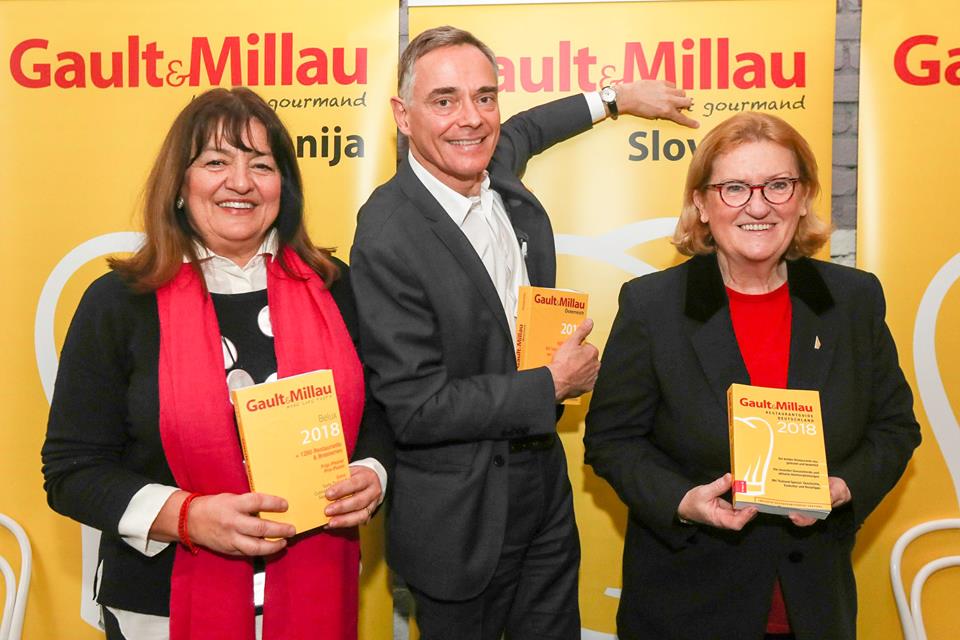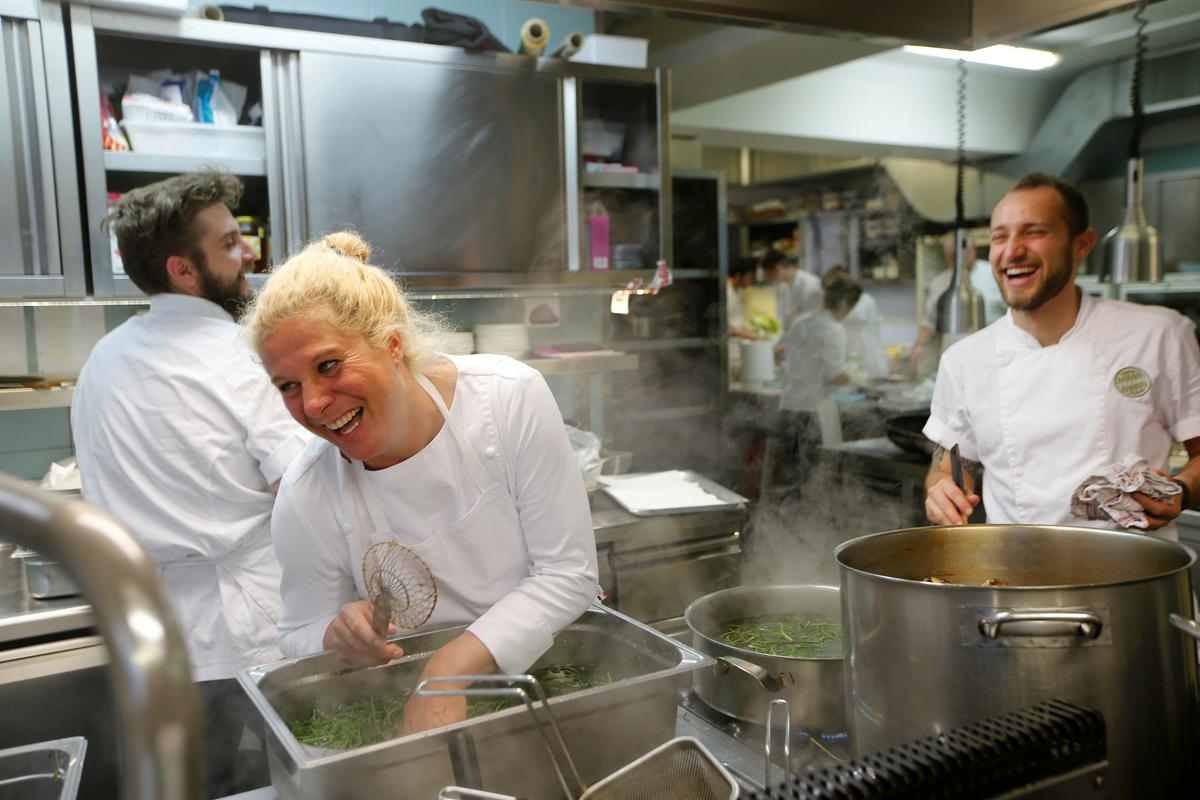


In theory it sounds perfect, but in practice some rather disastrous mistakes have been made, especially in cases where a country had no Guide of its own, but was out of necessity included to a Guide for a larger country – as in case of Slovenia, which was covered in the Guide for Austria, and by Austrian evaluators.
In this way the Slovenian high cuisine suffered for it, while the credibility of the Guide itself suffered as well after last year's doubtful, to put it mildly, evaluation of Slovenian restaurants and inns. Some pizza restaurants were given high grades, as well as some restaurants which had been already shut down, while our best restaurants took places which were definitely too low.
The best graded restaurant was thus Mak (17 points of 20), and 16 points were assigned to JB, DAM and Hiša Franko. In the same year Ana Roš became the best chef in the world Hiša Franko was assigned even less points than the year before. Why? Ravioli were supposedly not cooked 'al dente'. 15 points were given to Cubo, Maxim, Atelje, Strelec, Vila Podvin, Majerija and Gostilna pri Lojzetu. All together 31 Slovenian restaurants were evaluated.
Gault&Millau thus entrusted Mira Šemić, probably the greatest authority among our sommeliers, to compile a guide for Slovenia. Some hundred Slovenian restaurants and inns have been evaluated anonymously, and approximately the same number of Slovenian vintners, olive growers, beekeepers and other producers. The evaluation was made by seven trustworthy 'foodies' (a very diverse group of non-professional and to chefs unknown tasters) that will travel all over the country and in autumn make a list of the best, led by Šemić. They will not focus only on food, but will consider also other factors which add to a comprehensive experience within a restaurant, from service to ambience.
The first Guide was published in 1972
The Gault&Millau Guide was first created by Henri Gault, the French culinary critic, and his publisher Christian Millau. They set the concept in 1965, and the first guide was published in 1972 in 150,000 copies. In a month it has been sold out.
The evaluation is made based on a grading system from 1 to 20 points, which are later converted into chef's hats (haube) – one hat equals 13 and 14 points, two hats 15 and 16 points, three hats 17 and 18 points, four hats 19 points, five hats 19.5 and 20 points. It should be emphasized that practically nobody gets five hats; not even in Austria any restaurant has been given more than 19 points, and only four restaurants were deemed deserving of four hats.

































































